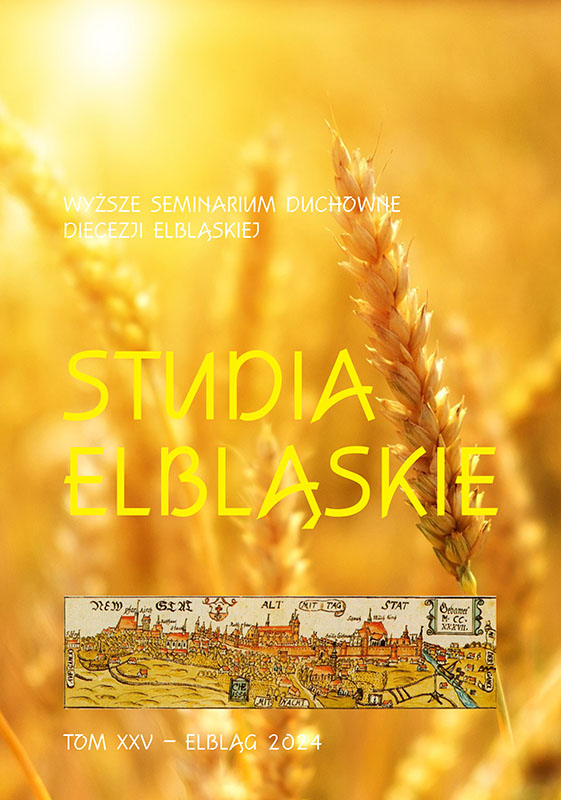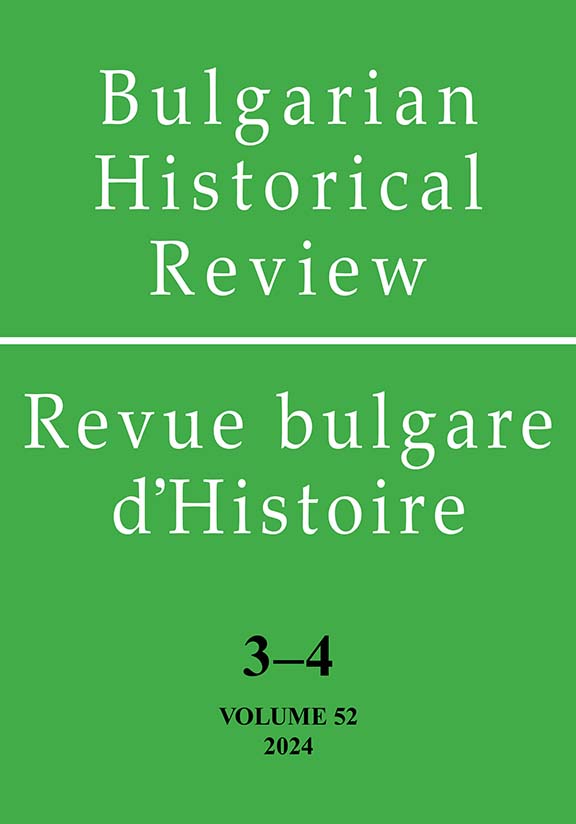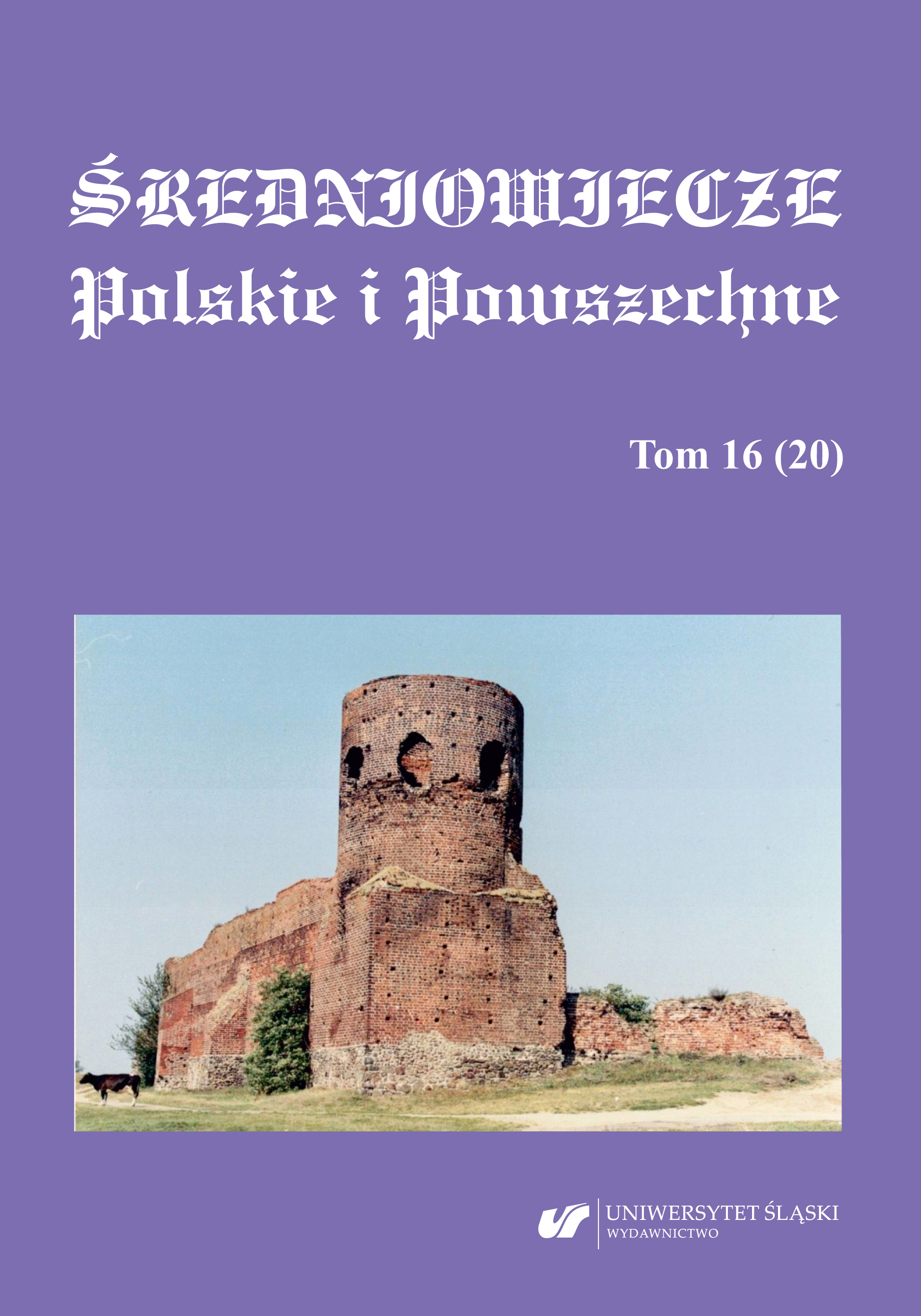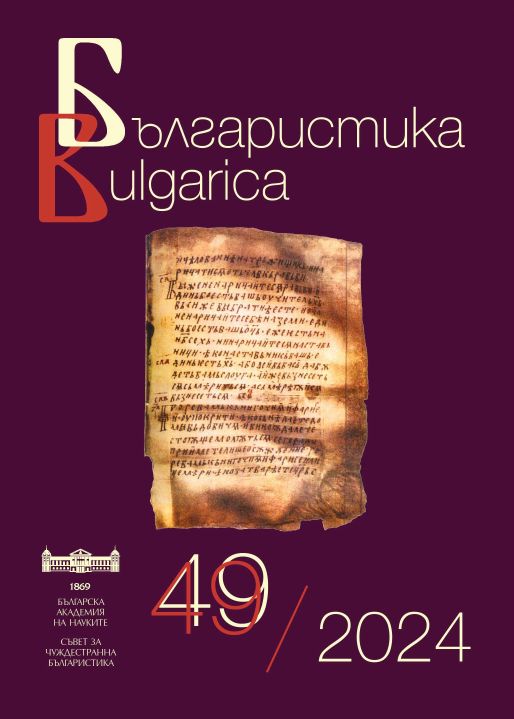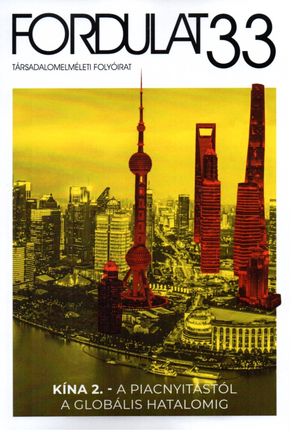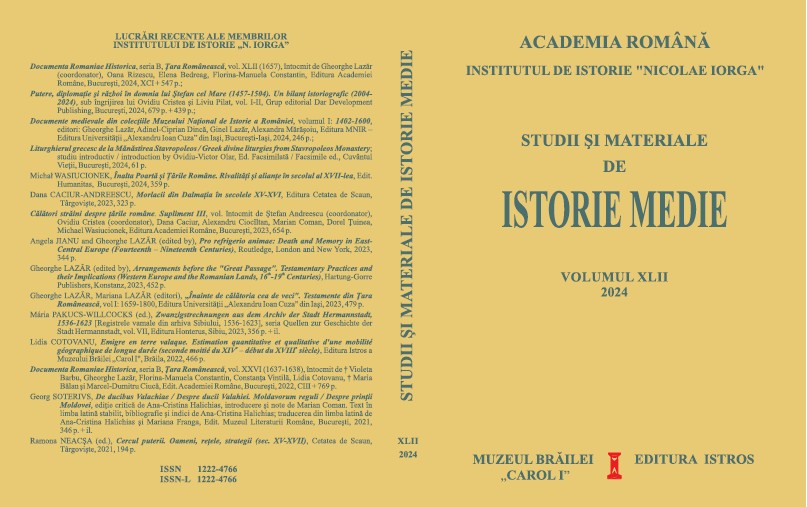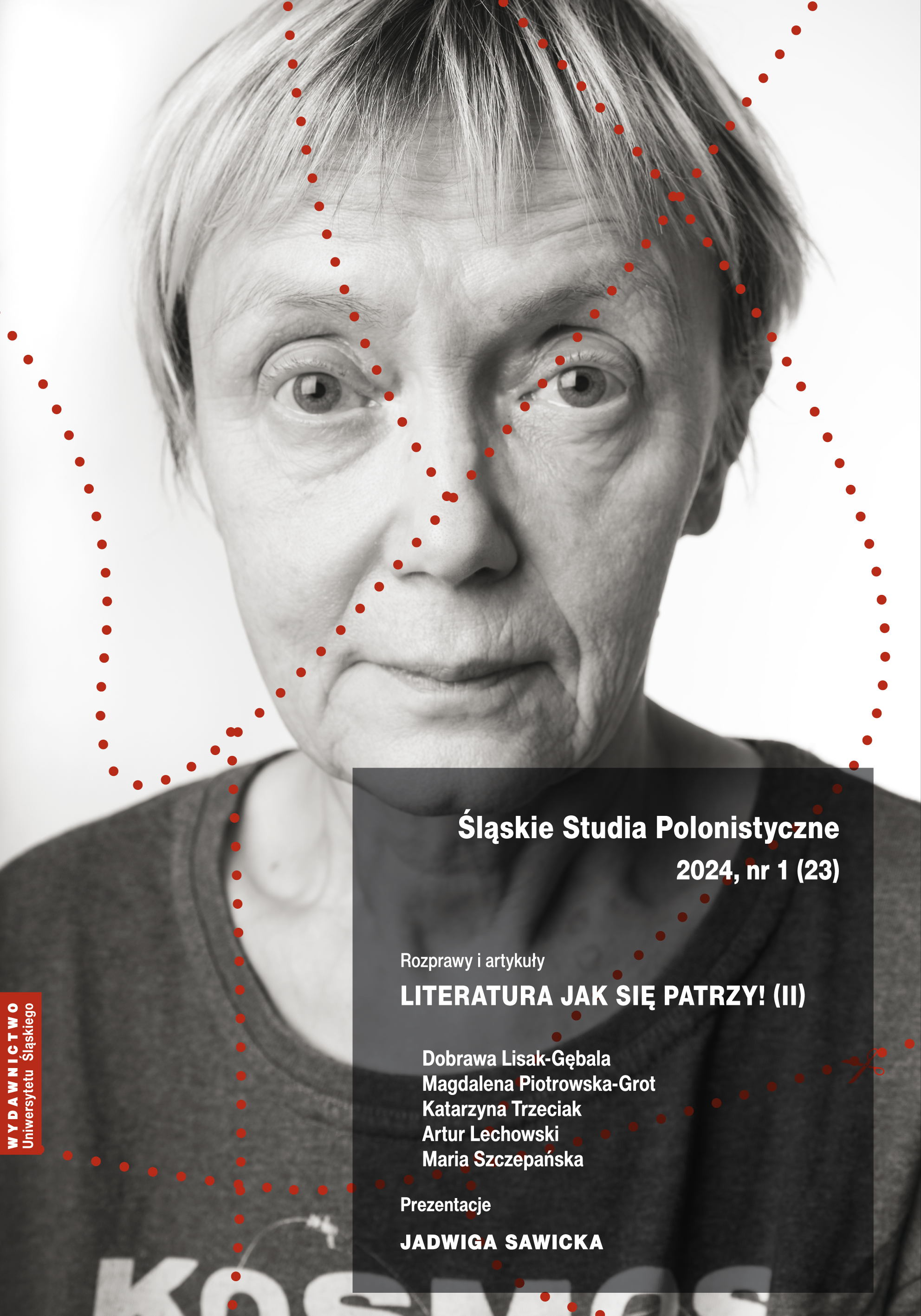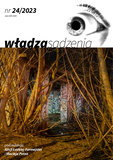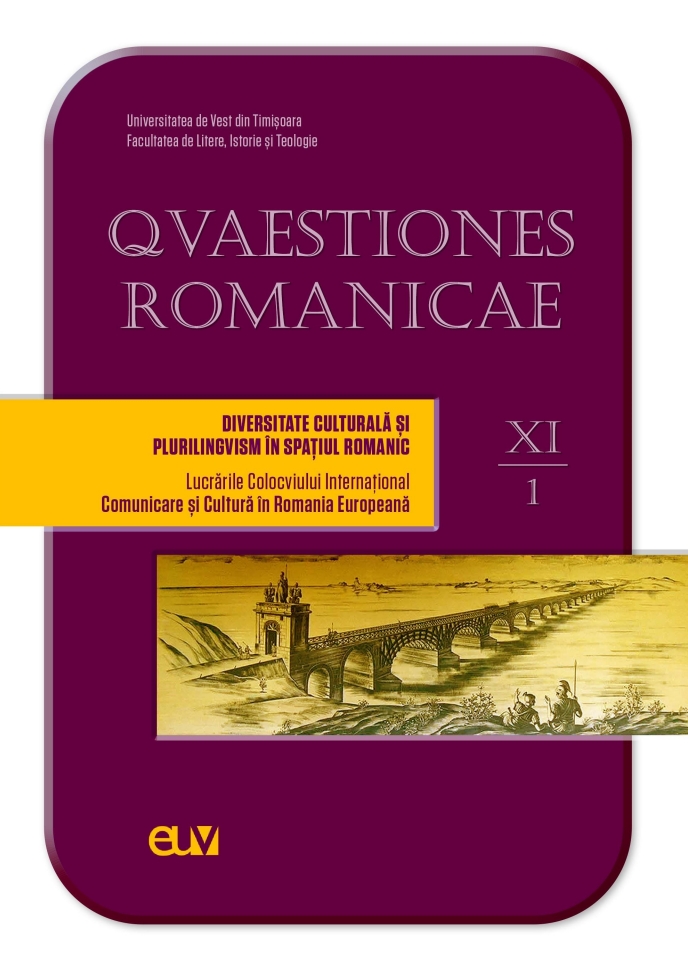
Memoria vie a Holocaustului din România și reprezentările sale (1944-1947)
The Holocaust in Romania (i.e. the involvement of Romanian authorities in the crimes against the Jewish population during World War II) was a marginalized and distorted historical event in the Romanian public discourse. Immediately after the end of the war and in the years that followed, some survivors wrote about the sufferings endured, texts of a vivid traumatic memory. Some were published, others remained in manuscript. There were also timid attempts to recover the memory of the Holocaust tragedy through artistic representations (graphic albums, fiction, film), which remained marginal. These texts and representations did not penetrate the public consciousness and Romanian cultural memory, the reasons being mostly ideological. Subsequently, especially after 1990, a good part of these texts were (re)published in an effort of memorial recovery whose project continues today. Also, other artistic representations have been produced which have begun to have an increasingly visible impact on Romanian cultural memory. This work starts from an analysis of the relationship between living memory, ideology and cultural memory (Assmann 2008, 2013) in order to sketch a typological and historical outline of the “literature” and cultural representations of the Holocaust in Romania, during the first years after World War II. I will be interested in the textual and artistic 'typology' of the phenomenon, as it manifests itself between the years 1944 and 1947, the years of the living (communicative) memory of the survivors.
More...
